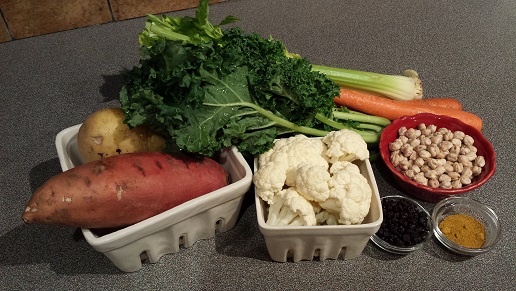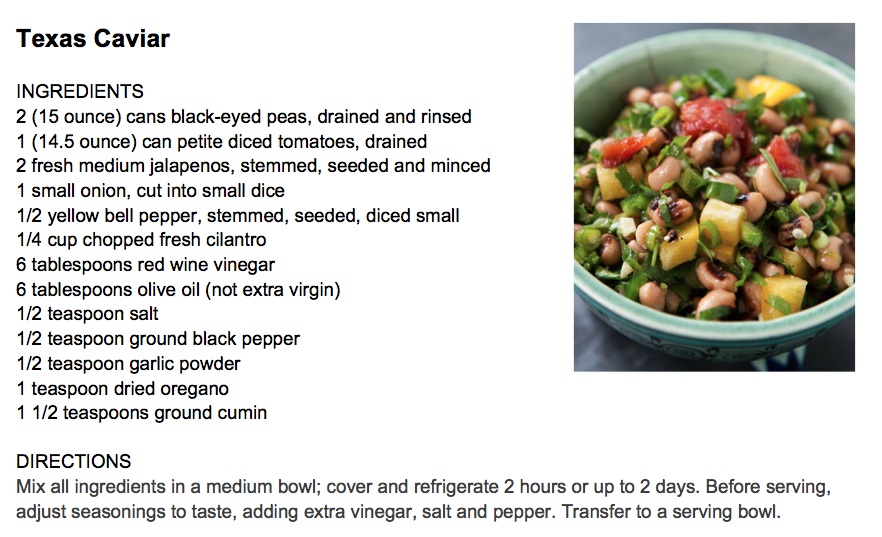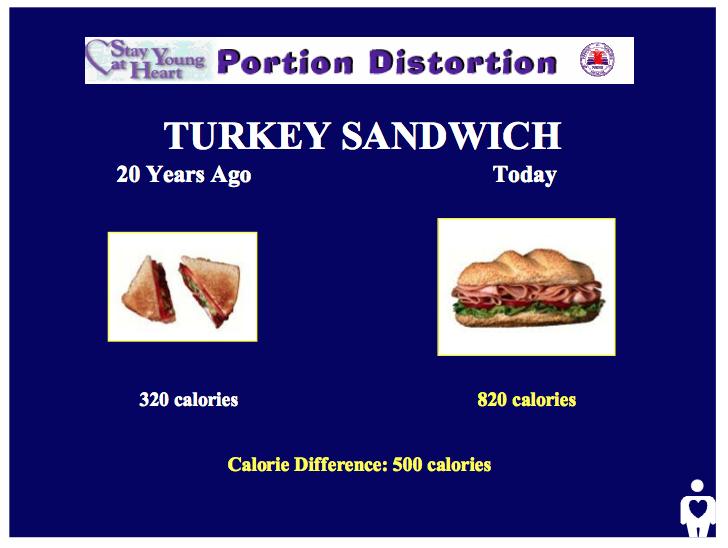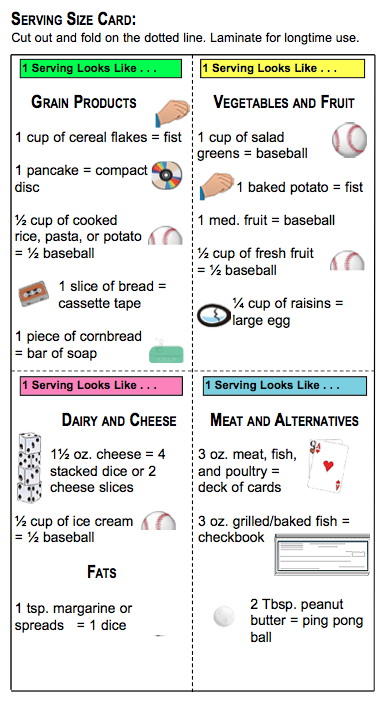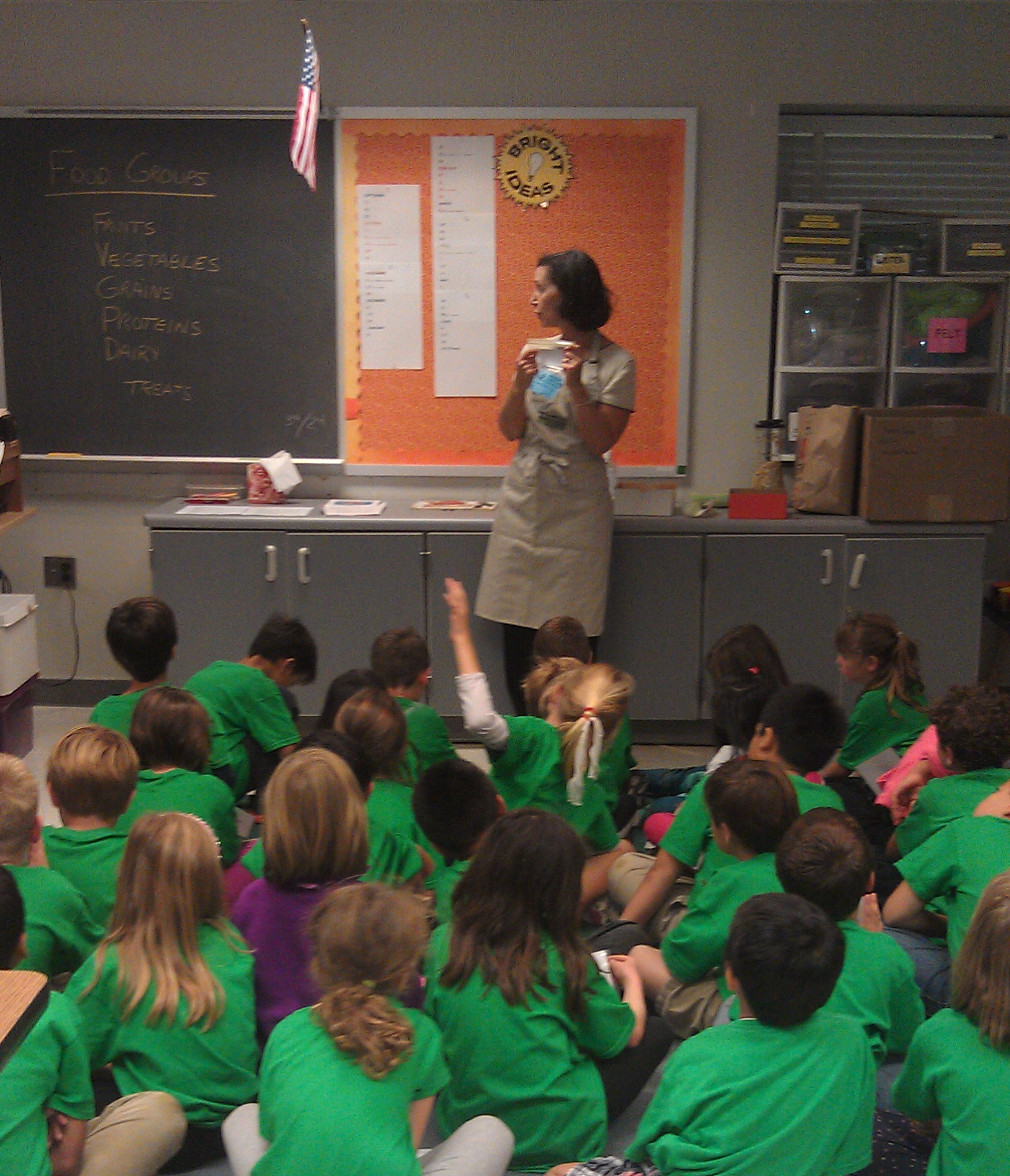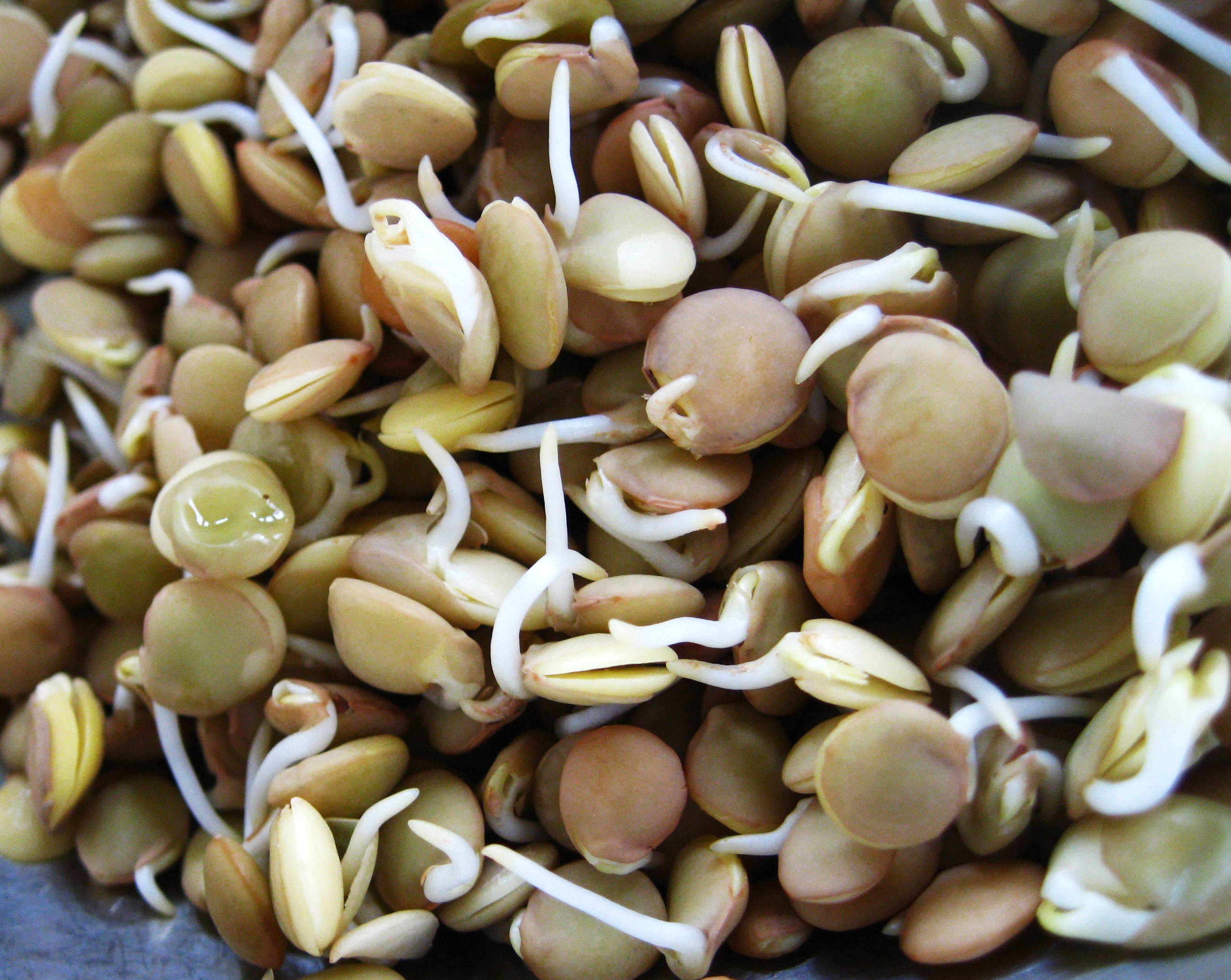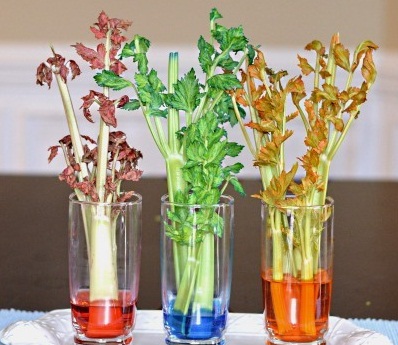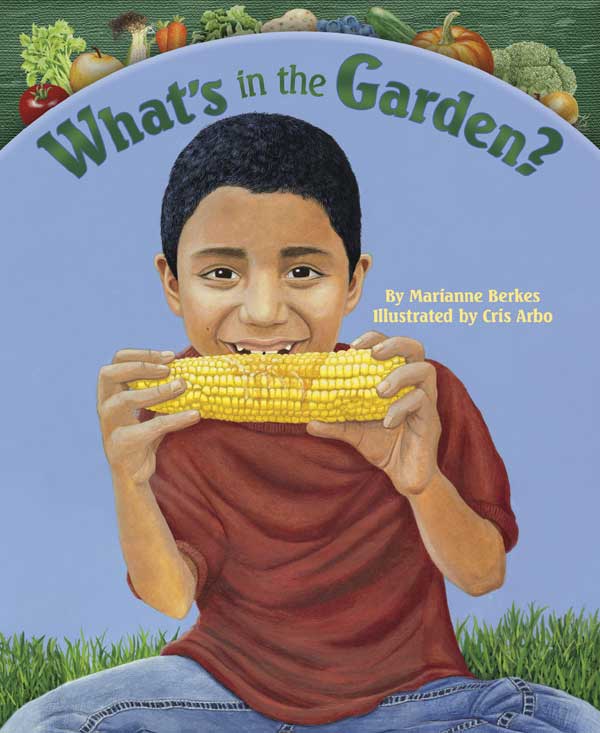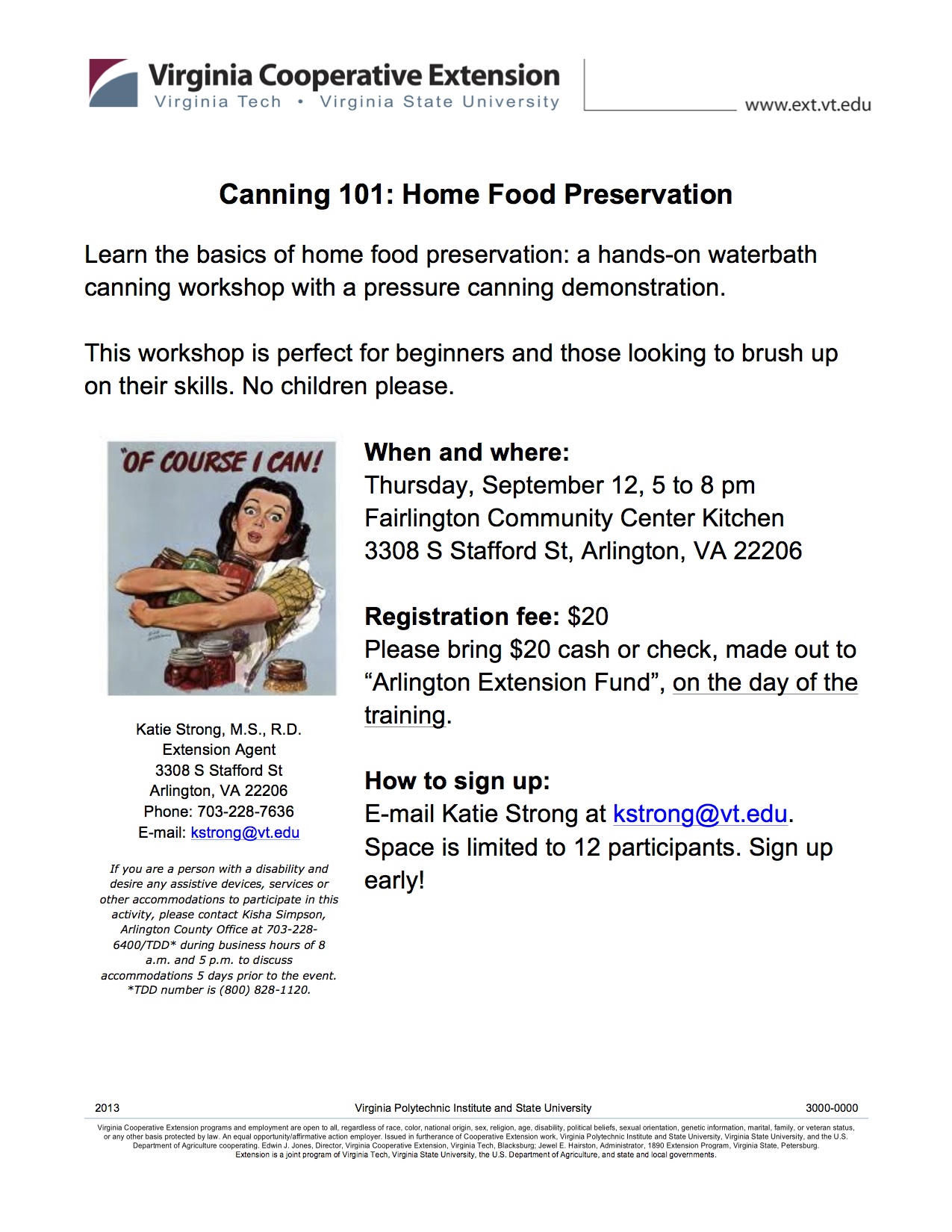Summer Vegetables Are Finally Here
I’ve been waiting for this time of year since the winter, you go to the farmers’ market or you planted vegetable plants and have been waiting for them to ripen so you can eat from all those fresh seasonal vegetables. While almost all vegetables are available year round now, there’s something special about eating them so fresh. The idea of a fresh picked tomato or sweet corn; who needs to do much to them to satisfy your taste buds? I can have them constantly all summer long and never tire of them. Some vegetables, however, need a little more preparation for their best flavors to appear, but the variety of vegetables available now gives me an opportunity to mix them up and get just great flavors, and such healthy nutrients to boost.
I only have room to plant a few things in my tiny garden, and for some reason, I always choose eggplant and tomatoes, as well as pots of herbs. Although I never get many tomatoes, and I’m always fighting with the squirrels for my share, I just can’t give up trying to grow them. As for eggplant, well I do love them, and they don’t take much room, so they’re a good choice. The problem is, once the eggplant plants begin to produce, you never get just one. And they keep coming! Unlike tomatoes and sweet corn, I need to vary my eggplant recipes to keep me interested in eating them. The grill comes in handy, because I’m not big on turning on my oven when the temperature reaches 90. I love grilled eggplant in a sandwich, and there’s so much else you can do with it.
To grill an eggplant, I usually slice it lengthwise in about half-inch slices. I use a pastry brush to coat both sides of the slices with olive oil, because the eggplant absorbs the oil quickly. Then I just sprinkle them with salt and pepper and put on the grill at medium heat. The slices need to be watched carefully, because they can burn easily. Once they are soft, they are done.
I love to use the grilled eggplant slices in sandwiches. Often, I grill zucchini or yellow squash in the same way at the same time, and add them to a sandwich as well. I find crusty breads best for these sandwiches, a slice of grilled eggplant, a slice of grilled squash, sliced mozzarella, and sliced tomato. Great summer sandwich! If I have any around, I also smear some hummus on the bread, adds more flavor and an added shot of nutrients.
Another favorite recipe of mine is a variation on caponata, an Italian eggplant dish. This dish uses many of the summer vegetables and can be varied to your own taste. Here’s a simple way to make it.
Olive oil
1 medium eggplant, sliced lengthwise in ½ inch strips
1 zucchini, sliced lengthwise in ½ inch strips
1 yellow squash, sliced lengthwise in ½ inch strips
1 green or red pepper, seeded and quartered
1 medium onion, sliced into ½ inch rounds
1 or 2 tomatoes, depending on size, sliced into ½ inch rounds
6 or 7 black olives, chopped (optional)
1 TB capers (optional)
1 TB tomato paste
2 TB red wine vinegar
1 clove garlic chopped
1 TB chopped parsley, basil or both
Salt and pepper
With a brush, lightly coat the eggplant, squash, pepper, onion, and tomato slices with olive oil and salt and pepper.
Heat the grill to medium. Lightly oil the grates on the grill so the vegetables won’t stick. Place the eggplant and squashes on the grill. Put the pepper, onion, and tomato slices on a lightly oiled piece of aluminum foil and then onto the grill. Cook for about 3 to 5 minutes per side. Once the slices are soft, they are ready to be removed from the grill.
If you don’t have a grill, all of this can be done in an oven set to 4000F and all the vegetables spread in 2 large baking pans lined with parchment paper or lightly sprayed with cooking oil. Cook for about 20 minutes or until soft.
While the vegetables are cooling, in a small pan, warm the tomato paste and vinegar at medium heat. Add the garlic and cook for about a minute until you can smell the aroma of the garlic.
Once the vegetables have cooled to the touch, chopped them all up into about one inch chunks. Put them all in a big bowl, add the capers and chopped olives if using. Pour the tomato paste, vinegar, and garlic over, add chopped parsley and or basil, salt and pepper and mix. Let the caponata sit for a bit, so the flavor can meld.
The caponata is great to eat as a side for a main meal, with cracker or on toasted bread slices as an appetizer, with feta or another cheese as a light meal, or mixed with pasta.
Enjoy!
–Susan Pollack, Master Food Volunteer


